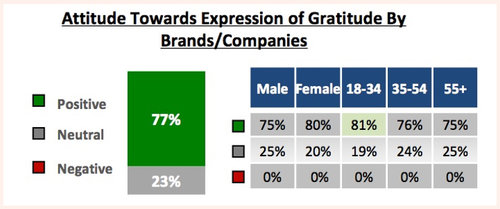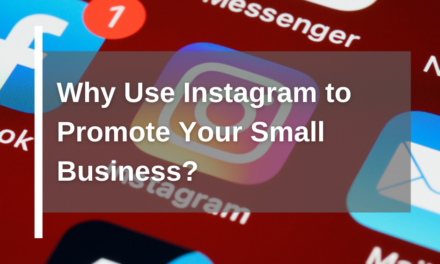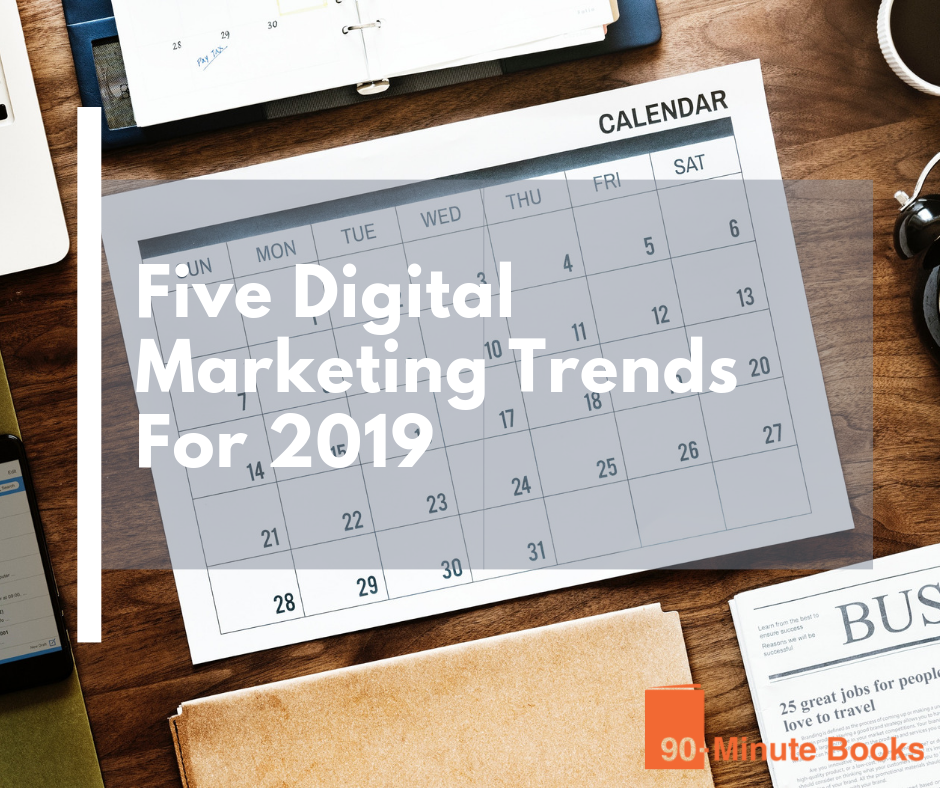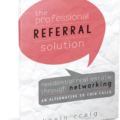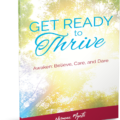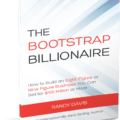A recent survey by TD Bank looked at people’s attitudes to gratitude and saying ‘thank you.
The results confirm what you may already suspect, with female respondents preferring personal contact and older groups responding less to social media, but there a few answers true across all groups.
77% of the people surveyed were grateful (with the remainder neutral) when thanked by a brand or company, much more so when the contact is personalized and directed to them individually rather than part of a group.
Regardless of the communication channel, a note, tweet or podcast mention, a personal call out shows that someone has individually recognized you. This can be done an automated way, but the key is to only use the automation to scale and not to replace the sentiment.
We have all received letters or emails addresses to ‘valued customer’ and I’m guessing the response from most people is to feel any but ‘valued’. People are increasingly sensitive to automated messages that position themselves as personal, but are careless about the details and reveal themselves to be automatically generated.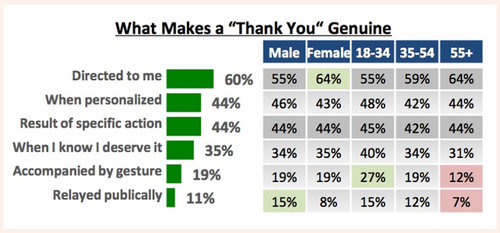
In every communication, either individually written or processed with the help of a tool, a great technique is to write the first copy as if to just one person. Imagine your very best customer or prospect will read it. What is the best way to say ‘thank you’ or ‘welcome on board’ assuming you had all their information at your fingertips. Then move to the tool you are working with and make sure that each variable is present in the data you have.
Acknowledging someone personally is a great way to further build rapport and is surprisingly easy to do.
Whether it’s thanking everyone like CD Baby did or taking time to find individuals as in this example from the airline KLM below, the feeling of gratitude can be scaled as long as you don’t loose sight of the purpose.
The Full TD Bank Survey

